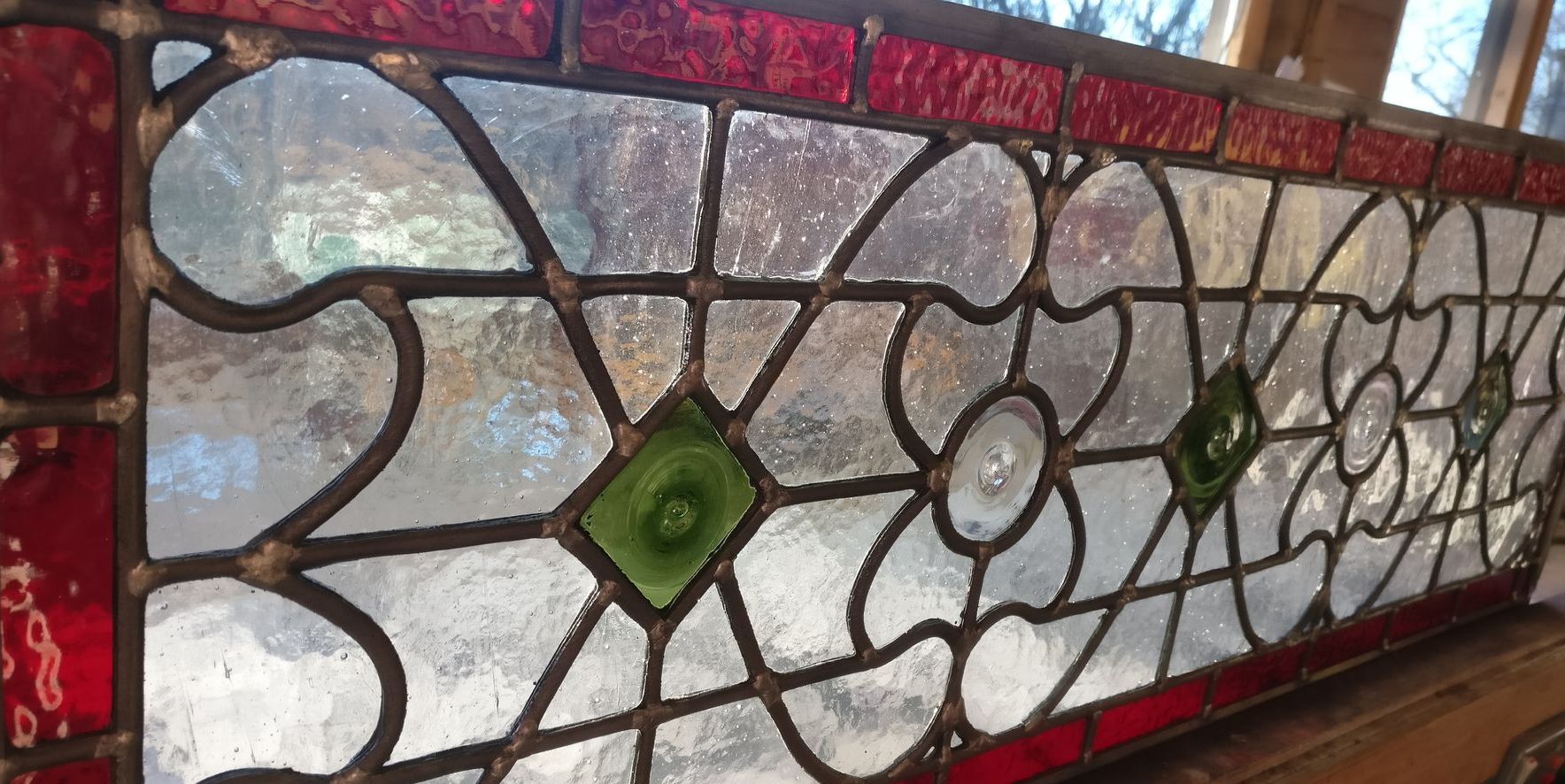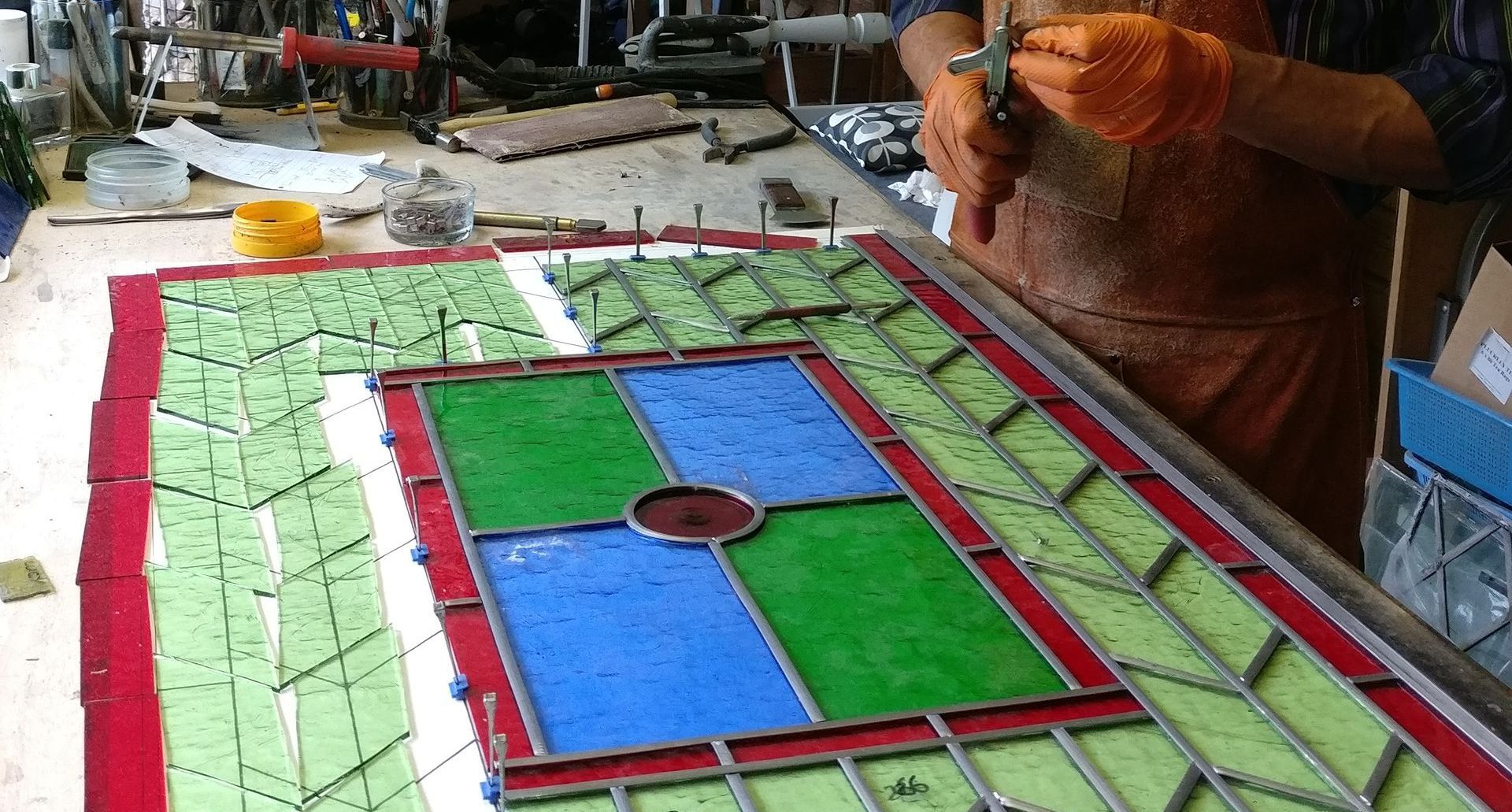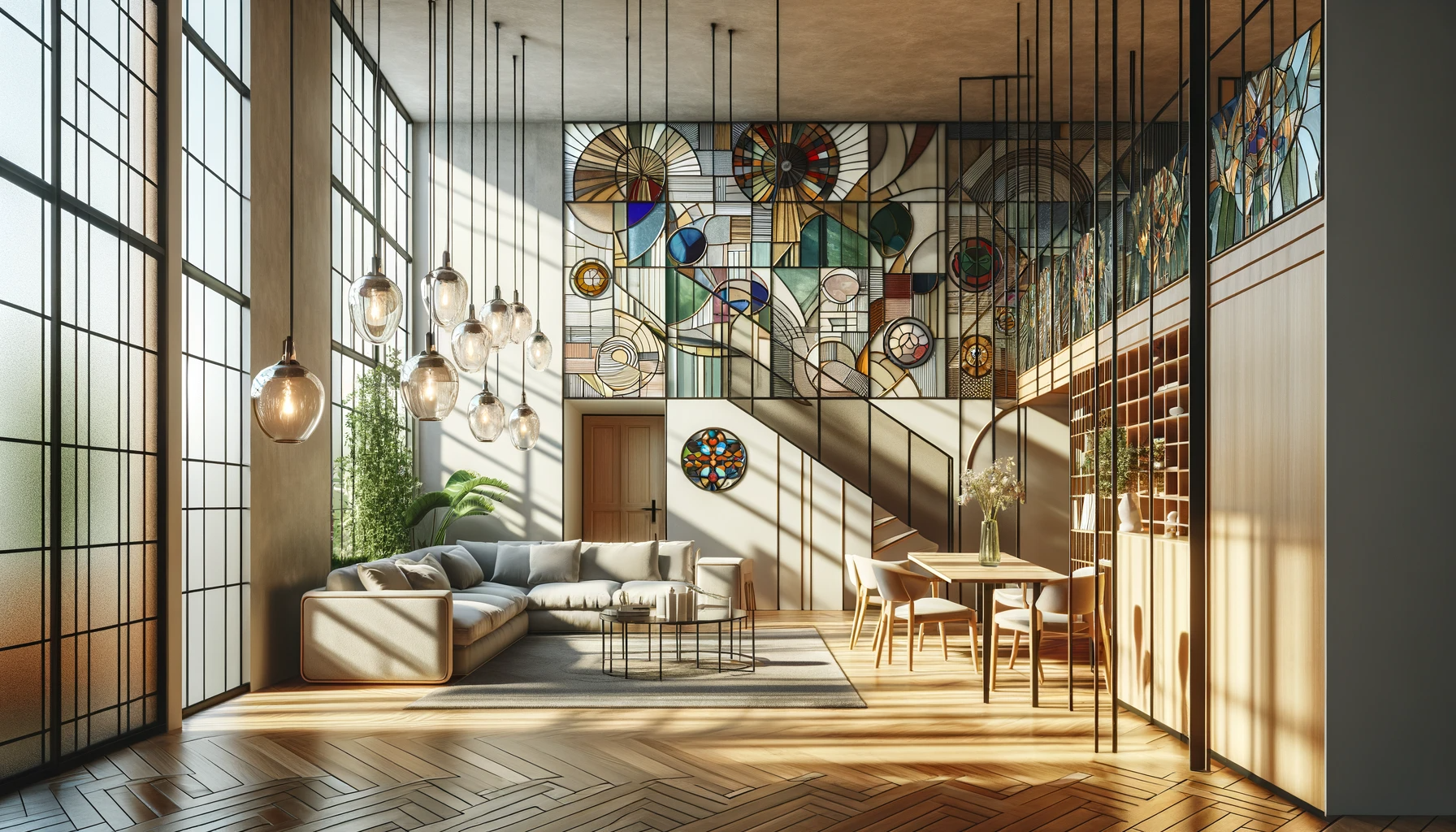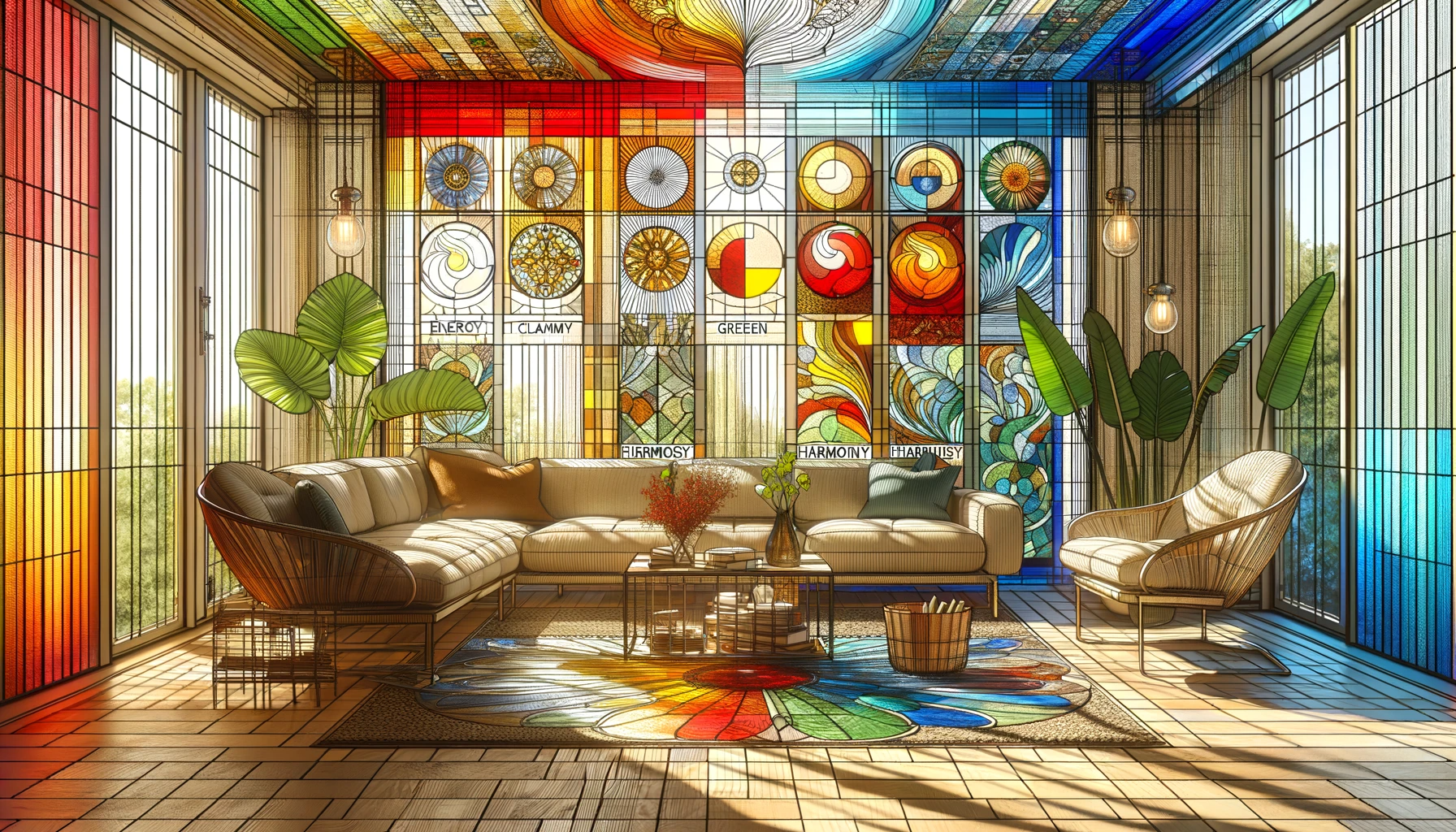Stained Glass – its Colourful History
Stained glass has a history which goes back thousands of years and stained glass windows in Britain can be dated back to the 7th century. Glass as a material, appears to have first been used in windows by the Romans and later, the Anglo Saxons developed the Medieval art form where coloured glass and lead were combined to create decorative windows in churches and cathedrals.

Little has changed in the construction of both stained glass and leaded light windows. However, the means to score and cut glass which is now achieved with a diamond glass cutter would have originally been carried out by tracing the pattern or shape of the glass with a fine line of liquid which the glassworker would then have followed over with a hot iron – the aim being that the glass would crack in the desired shape. A ‘Grosling’ tool was then used chip the glass into shape. Despite the primitive nature of these type of tools, stained glass windows of extraordinary size were created and have survived to this day.
What was the purpose of these elaborate and highly decorative windows? Was it solely to give an awe-inspiring atmosphere for worshippers within a church or cathedral? The content of many of these stained glass windows tell a story to the onlooker, who in medieval times, was likely unable to read and thus the windows came to be known as ‘biblia pauperum’ or ‘bible of the poor’ and thus these pictorial windows familiarised the congregations with bible stories and characters.
Stained glass, as a craft and an art, suffered a serious decline during the 14th century when the Black Death swept through Europe. The knowledge of stained glass making which would have been traditionally passed from father to son, was often severed by the death of one or both of them and so the art of stained glass making suffered a huge decline.
The 19th century Gothic revival saw many architects and artists delve again into the ancient craft of stained glass making and the old skills were gradually rediscovered. Stained glass, as an industry, enjoyed an outstanding resurgence.
Today, stained glass is no longer limited to religious buildings but rather, can be enjoyed by people in their own homes. Front doors, entrance ways and windows can all now be embellished using a time honoured tradition which helps to keep these old skills alive.

Lead light windows
In past centuries, glass was a highly expensive material which only the rich could afford. As a result of this, along with the inability to produce large panes of glass, the resultant lead light style of window developed. This enabled small panes of glass to be conjoined into larger panels with the use of lead came as the medium for piecing them together.
Traditional leaded light windows are found in much older homes – especially Grade I and II listed buildings and require a specialised conservation approach to their maintenance, care and repair.
Of note is the shape and layout of the matrix in these lead light panels which can be diamond, rectangular, square or a number of other ornate configurations. The diamond shape of pane gave greater stability and rigidity than the square panes and it was also a more efficient shape to cut from a piece of Crown glass resulting in less waste of this costly material.





